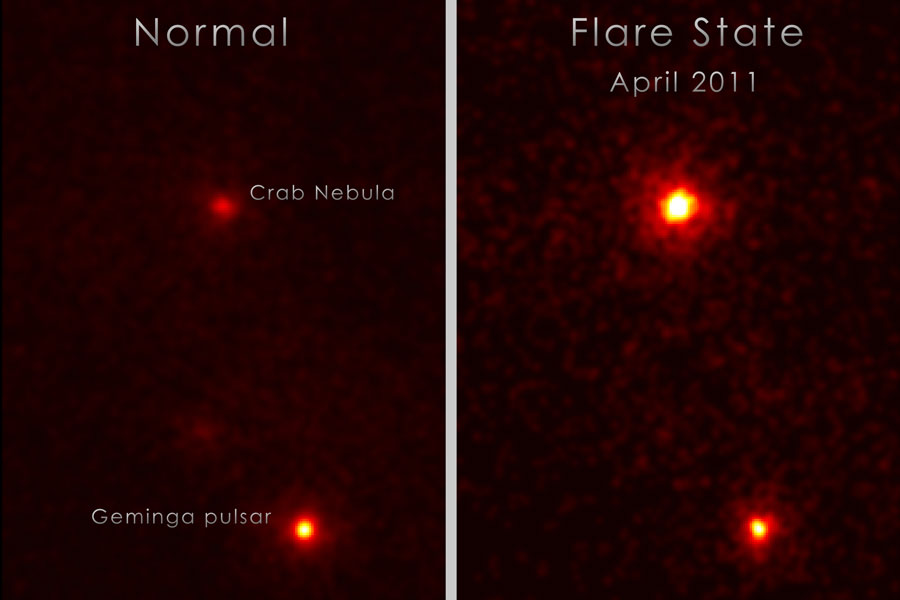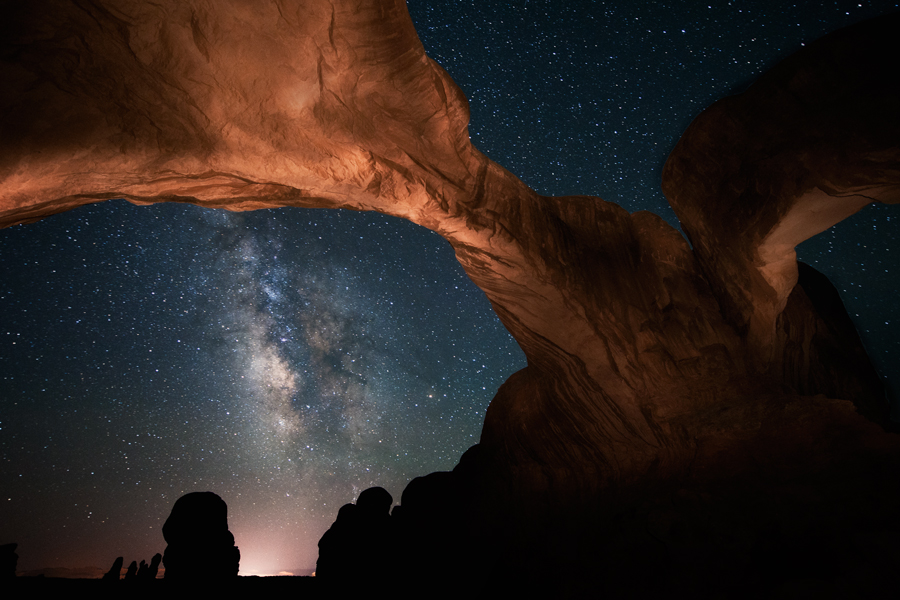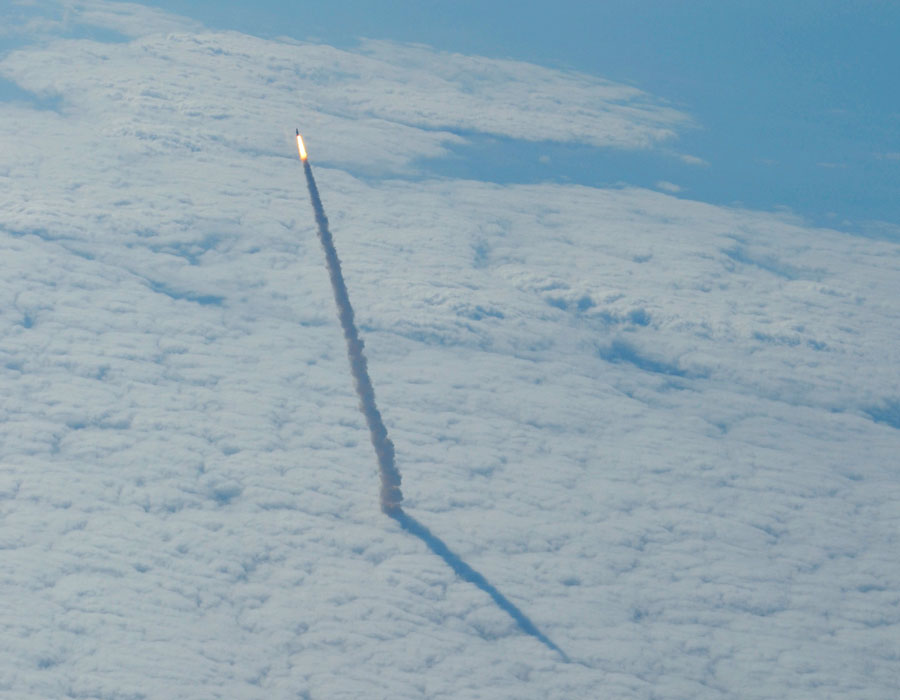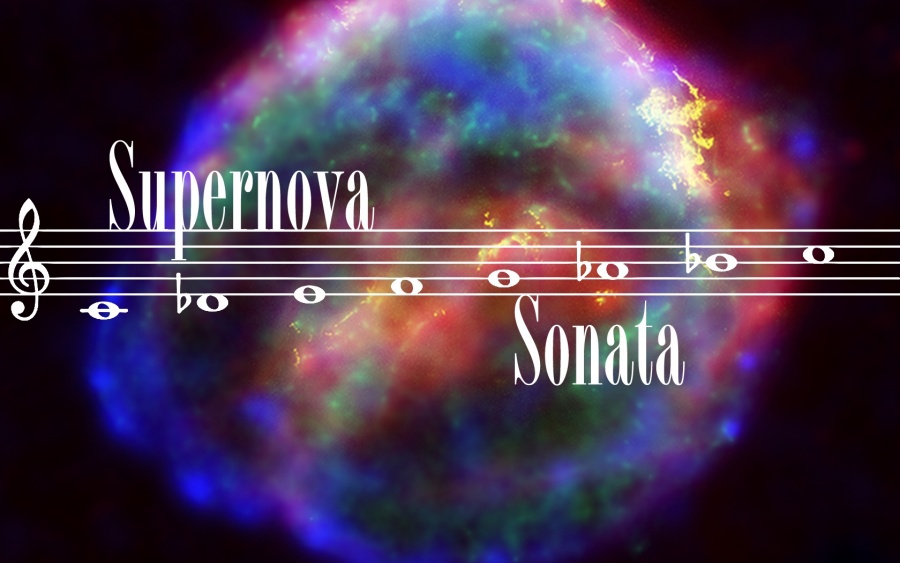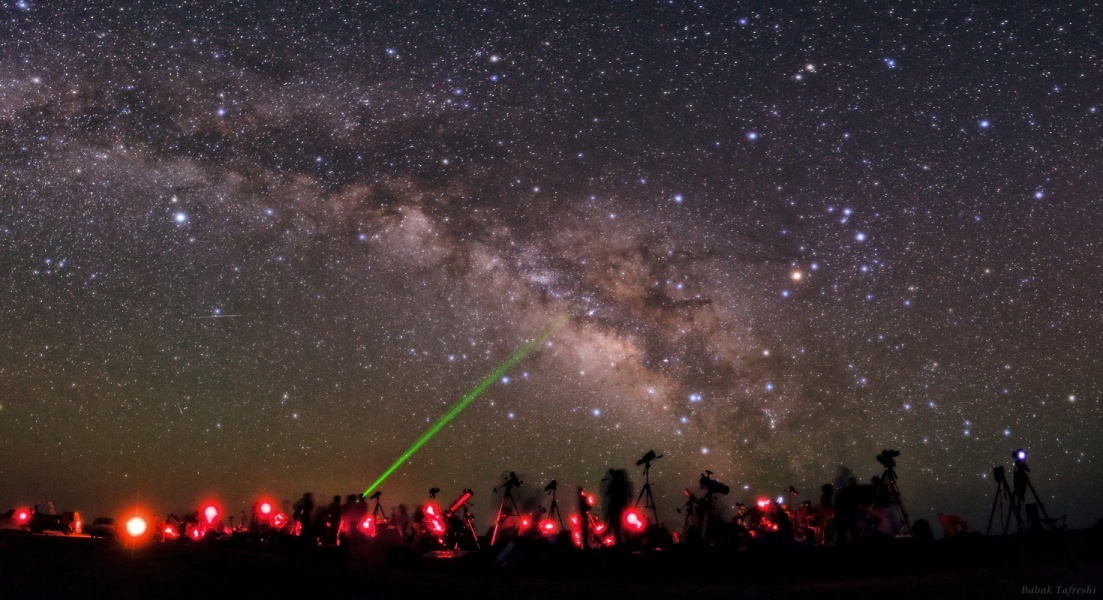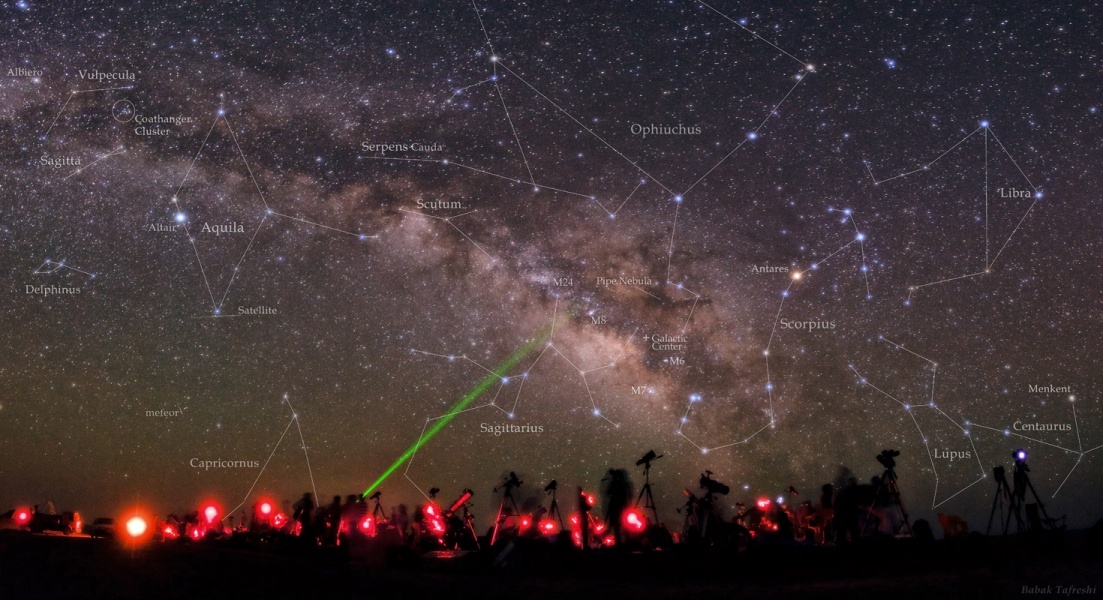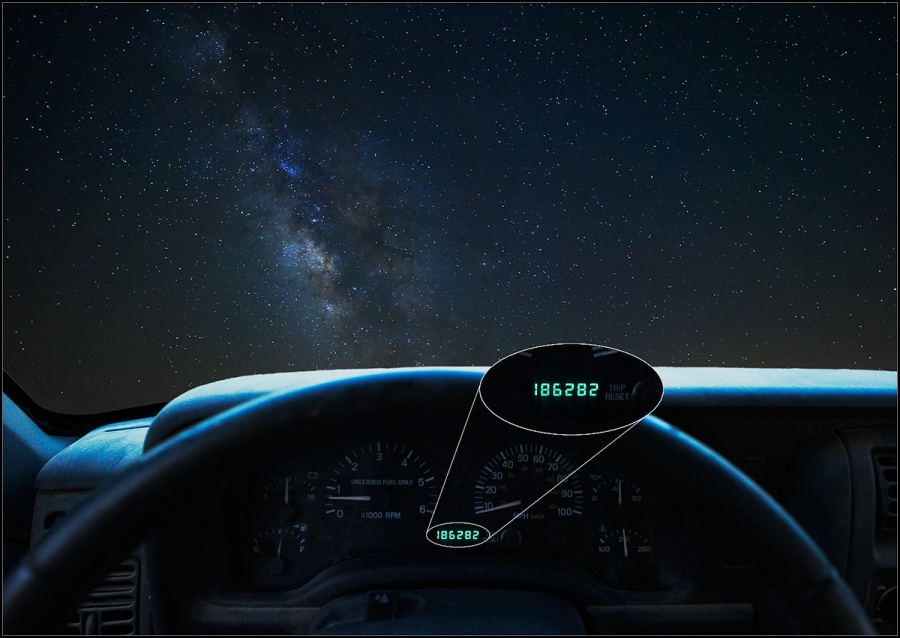Please vote for the TWO best Astronomy Pictures of the Day (image and text) of May 22-28, 2011.
(Repeated APODs are not included in the poll.)
All titles are clickable and link to the original APOD page.
We ask for your help in choosing an APOW as this helps Jerry and Robert create "year in APOD images" review lectures, create APOM and APOY polls that can be used to create a free PDF calendar at year's end, and provides feedback on which images and APODs were relatively well received. You can select two top images for the week.
We are very interested in why you selected the APODs you voted for, and enthusiastically welcome your telling us why by responding to this thread.
Thank you!
_______________________________________________________________
<- Previous week's poll
Why does the Crab Nebula flare? No one is sure. The unusual behavior, discovered over the past few years, seems only to occur in very high energy light -- gamma rays. As recently as one month ago, gamma-ray observations of the Crab Nebula by the Fermi Gamma Ray Space Telescope showed an unexpected increase in gamma-ray brightness, becoming about five times the nebula's usual gamma-ray brightness, and fading again in only a few days. Now usually the faster the variability, the smaller the region involved. This might indicate that the powerful pulsar at the center of the Crab, a compact neutron star rotating 30 times a second, is somehow involved. Specifically, speculation is centered on the changing magnetic field that surely surrounds the powerful pulsar. Rapid changes in this field might lead to waves of rapidly accelerated electrons which emit the flares, possibly in ways similar to our Sun. The above image shows how the Crab Nebula normally appears in gamma rays, as compared to the Geminga pulsar, and how it then appeared during the recent brightening. How many arches can you count in the above image? If you count both spans of the Double Arch in the Arches National Park in Utah, USA, then two. But since the above image was taken during a clear dark night, it caught a photogenic third arch far in the distance -- that of the overreaching Milky Way Galaxy. Because we are situated in the midst of the spiral Milky Way Galaxy, the band of the central disk appears all around us. The sandstone arches of the Double Arch were formed from the erosion of falling water. The larger arch rises over 30 meters above the surrounding salt bed and spans close to 50 meters across. The dark silhouettes across the image bottom are sandstone monoliths left over from silt-filled crevices in an evaporated 300 million year old salty sea. A dim flow created by light pollution from Moab, Utah can also be seen in the distance. What's that rising from the clouds? The space shuttle. If you looked out the window of an airplane at just the right place and time last week, you could have seen something very unusual -- the space shuttle Endeavour launching to orbit. Images of the rising shuttle and its plume became widely circulated over the web shortly after Endeavour's final launch. The above image was taken from a shuttle training aircraft and is not copyrighted. Taken well above the clouds, the image can be matched with similar images of the same shuttle plume taken below the clouds. Hot glowing gasses expelled by the engines are visible near the rising shuttle, as well as a long smoke plume. A shadow of the plume appears on the cloud deck, indicating the direction of the Sun. The shuttle Endeavour remains docked with the International Space Station and is currently scheduled to return to Earth next week. To create a sonata from supernovae, first you have to find the supernovae. To do that composers Alex Parker and Melissa Graham relied on the Canada France Hawaii Telescope (CFHT) Legacy Survey data of four deep fields on the sky monitored from April 2003 through August 2006, adopting 241 Type Ia supernovae. Enchanting to cosmologists, Type Ia supernovae are thermonuclear explosions that destroy white dwarf stars. Then, they gave each supernova a note to play, the volume of the note determined by the distance to the supernova. Fainter, more distant supernovae play quieter notes. Each note's pitch was based on a stretch factor measured by how fast the supernova brightens and fades over time relative to an adopted standard time history. Higher stretch factors play higher notes in pitches drawn from the illustrated Phrygian dominant scale. Of course, each supernova note is played on an instrument. Supernovae in massive galaxies were assigned to a stand-up bass, while supernovae in less massive galaxies played their note on a grand piano. Click on the image or follow these links (Vimeo, YouTube) to watch a time compressed animation of the CFHT Legacy Survey data while listening to the Supernova Sonata.
<- Previous week's poll
